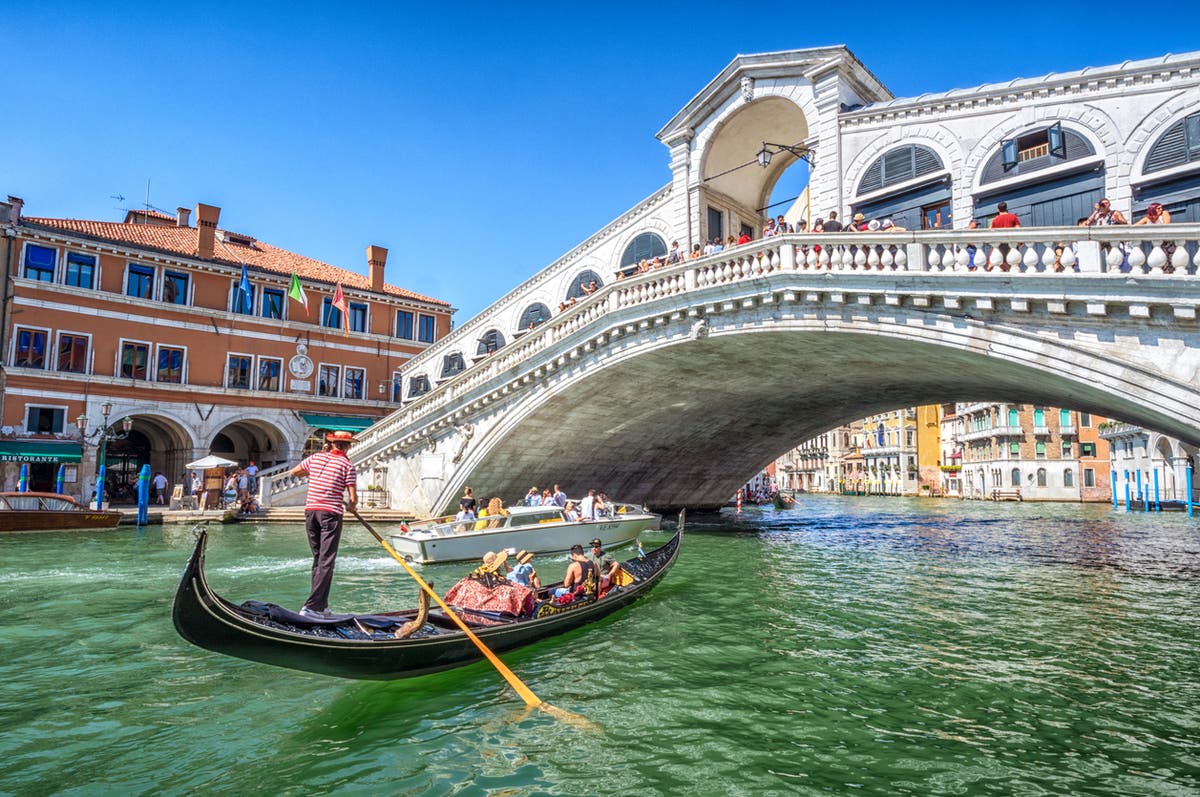Travel publication Fodor’s has published a “No” list featuring 10 destinations tourists should avoid in 2023.
Run alongside a “Go” list, the “No” list aims to highlight “destinations to reconsider visiting in 2023”, say the editors.
Barcelona, Paris and Dubrovnik are all namechecked in a section called “suffering cultural hotspots”, while Venice and the Amalfi Coast are on the list as two of Italy’s most tourist-flooded areas.
Cornwall also makes 2023’s list due the mass influx of tourists each summer that has put a strain on local residents, the roads and environment in recent years.
“The infrastructure simply doesn’t exist to support the number of visitors making the life of locals unpleasant in peak season, to say the least,” a pilot and fan of the region told Fodor’s. “Narrow lanes passing for roads and limited parking at some of the most popular sites in the county combine to create gridlock, pollution, and litter.”
It follows the outgoing chief executive of Cornwall’s tourism board, Malcolm Bell, coming under fire for bemoaning the presence of “bloody tourists” and “f***ing emmets” in the county.
The list is inspired by everything from tourism numbers that disrupt local life and nature, to water crises in certain countries, overstretched infrastructure that is unable to cope with visitors, and the risk of contributing to transport pollution.
The team also flags the enormous water consumption of hotels, and points out that travel currently accounts for about 8 per cent of global greenhouse gas emissions.
France’s eroding coastline – around Étretat, Normandy and Marseille’s Calanques National Park, among other areas – is also flagged as a no-go, while California’s Lake Tahoe is reported to have seen an influx of urban types moving there, which has “caused traffic along the lake to crawl, as well as kept trails and beaches packed”.
The Antarctic Peninsula is one suprising appearance on a list focused on overtourism.
“On paper, the tourism numbers don’t look that big, and they are capped by various treaties that protect Antarctica. But those tourist bodies are concentrated in one part of Antarctica: the Antarctic Peninsula, which has experienced some of the fastest warming temperatures and steepest wildlife decline in history,” say the editors of the list.
Amsterdam makes the list due to tourism officials in the Netherlands making a concerted effort to distribute tourists to other, less famous parts of the country; and recently reopened Maya Beach in Thailand is flagged as having had to close for a two month “recovery period” following a rush of visitors in spring.
“Tourism is the primary economic driver in a majority of islands and developing countries,” say the editors of the list. “While it brings a wide range of benefits to communities, it also poses challenges that, without proper resource management and conscientious travelers, could amplify a region’s woes.
“This year’s No List does not serve as a boycott, ban, or cancellation of any sort; but a call to travellers to consider wisely the choices we make. We can have a positive impact on this world we love so dearly.”
The “No” list
- France’s eroding coastline
- Lake Tahoe, California
- Antarctica
- Suffering cultural hot spots: Barcelona, Paris, and Dubrovnik
- Venice and the Amalfi Coast
- Cornwall, UK
- Amsterdam, Netherlands
- Thailand (Maya Bay, Koh Tao)
- Maui, Hawaii
- The American West (Lake Powell and Lake Mead, Arizona, Nevada, California, Utah)








More Stories
Everything you need to know about July and August rail industrial action
‘It’s cancerous’: How seaside towns fight back against second home owners
EasyJet flight diverted after passenger medical emergency on board